“When used wisely, home preserving bestows the joy in making something
with your own hands and provides a ready supply of useful and delicious foods
for pleasurable eating every season of the year.
With a well-stocked pantry, you can save money, save time during meal preparation,
and keep an emergency supply of shelf-stable foods.”
~ Carole Cancler, The Home Preserving Bible
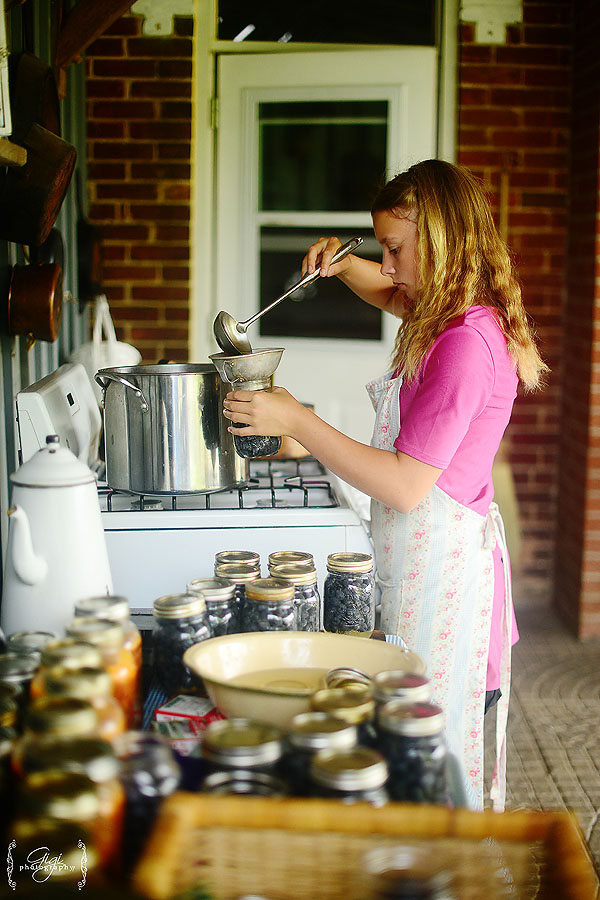
Wow, what a week. The girls and I have been very busy, canning nearly everything in sight. The garden is faithfully producing now, which is wonderful. This week, we put up pickled beets, pickled beans, green and yellow beans, corn and chicken soup, Sloppy Joes, blueberry preserves & blueberry jam, (not from the garden, but from a local sale on blueberries as they are very hard to find around here), we picked some fresh raspberries from a friend’s garden and made raspberry jam, and then we canned a bushel of peaches. And with the zuchinni rolling in from the garden at an enormous rate, we canned 12 litres of zuchinni late afternoon, as well. I think we have over 200 jars ready for going into the Provision Room.
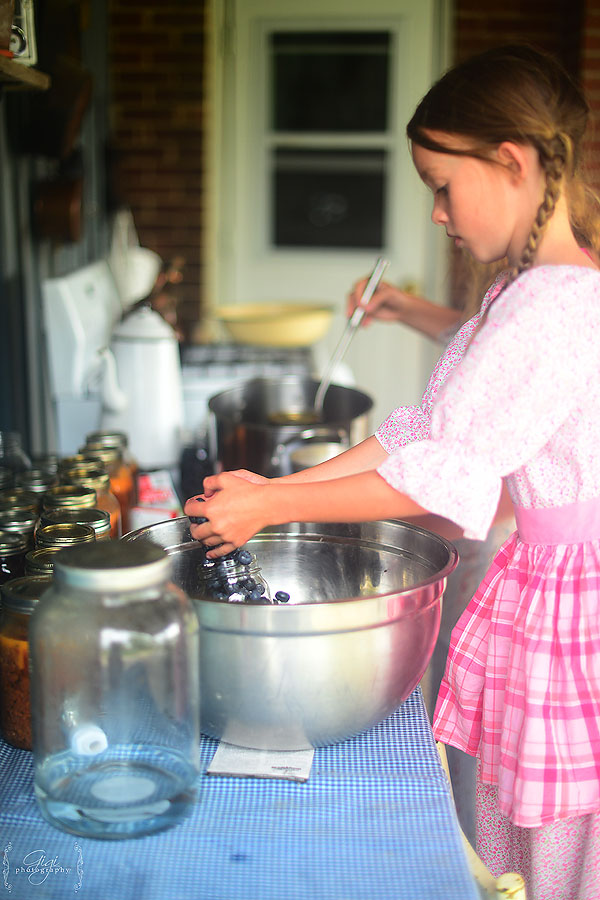
There is more to come! The garden is still bringing in those lovely green and yellow beans and the tomatoes are just ripening, as well. This is where it gets busy but also where you just roll up your sleeves and thank God for whatever vegetables grew, using each vegetable to its fullest potential.
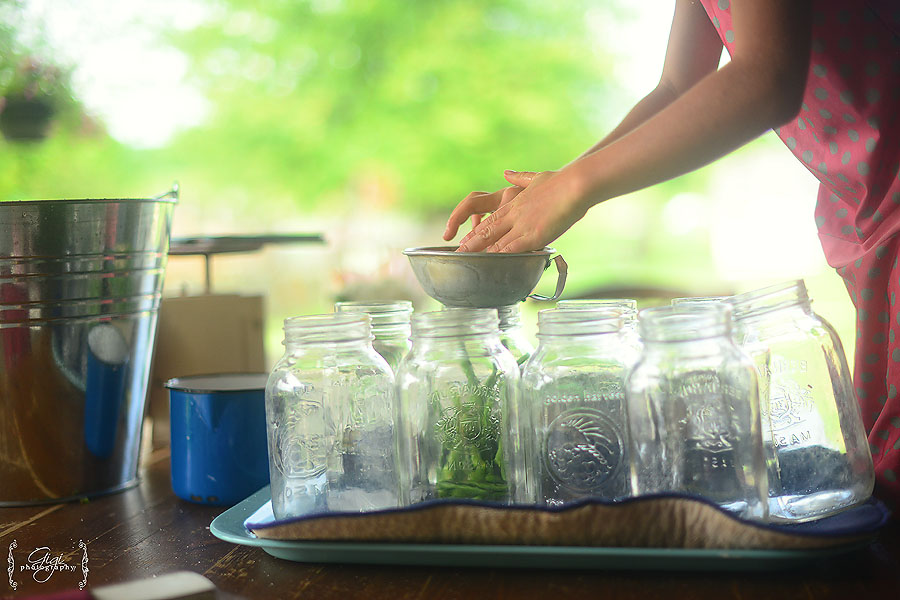
I have had a great response from readers in regards to sharing canning recipes. Canning food in season is a wonderful way to feed your family, stock your pantry and learn a skill that is valuable (not to mention old-fashioned). I have a love affair with canning food for the family – it feels and is wholesome, it is rather old fashioned in its nature and it seems to connect me to the heritage of those who have come before me.
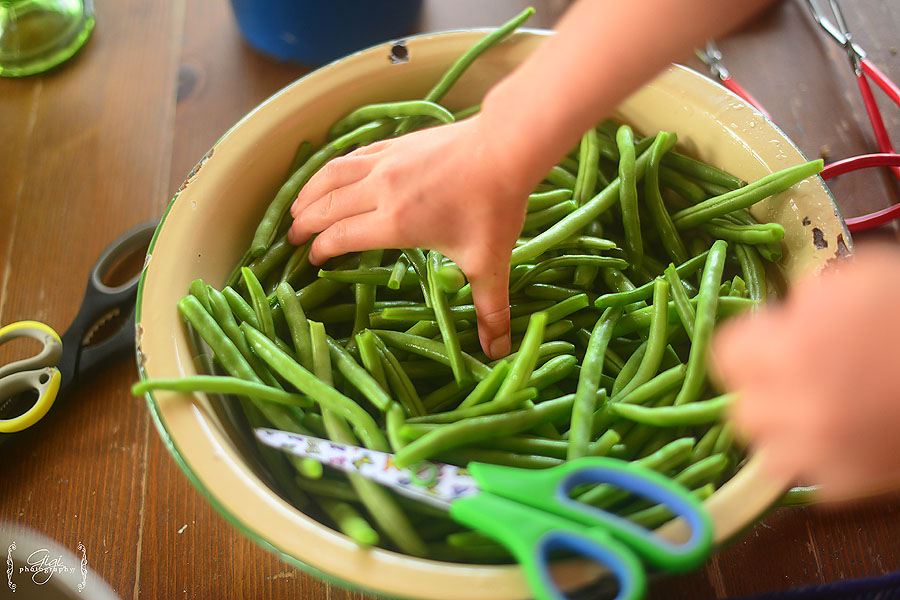
It would seem so wasteful to allow a season of beautiful vegetables and fruits to go by without even attempting to put away something for the winter. If you are trying to eat healthy, this is a great way to start – because you are learning to eat seasonally. In the old days, they would not eat fresh strawberries in January. Neither do we, now, as we know those strawberries are not “real” and are coated with chemicals. How is that healthy? We eat our canned berries or spread our homemade jam on our toast. We can also use the strawberries from the freezer. Lettuce in December? Peaches in February? They are certainly not grown around here in Ontario!
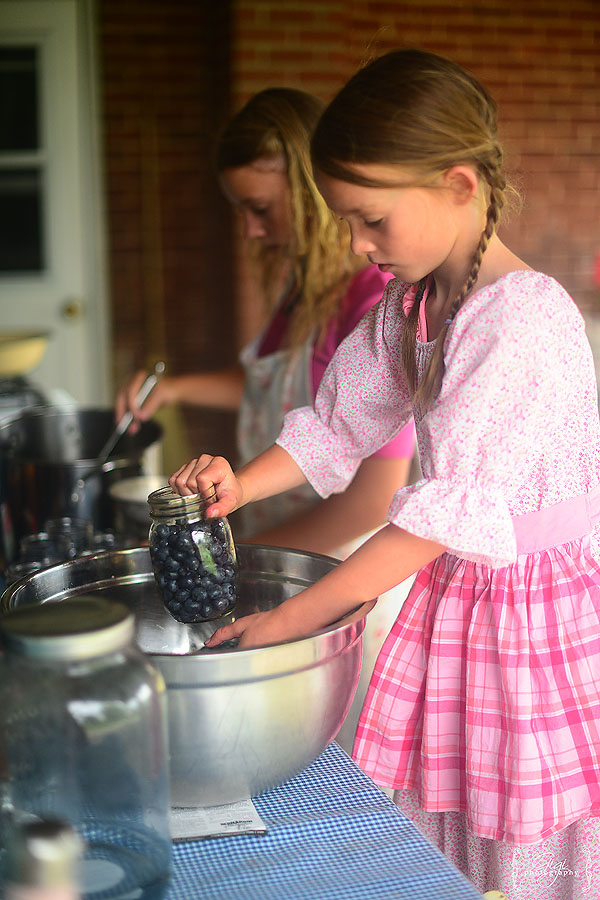
Where are your vegetables coming from that are being served at your dinners? Are they coated in pesticides? Would you open a bottle of pesticides and serve this? I doubt it, so why do we just shrug off the idea of such chemicals being sprayed over top of our foods….? Here is a list of vegetables and fruits you should avoid buying from the store. You might be surprised and sadly shocked.
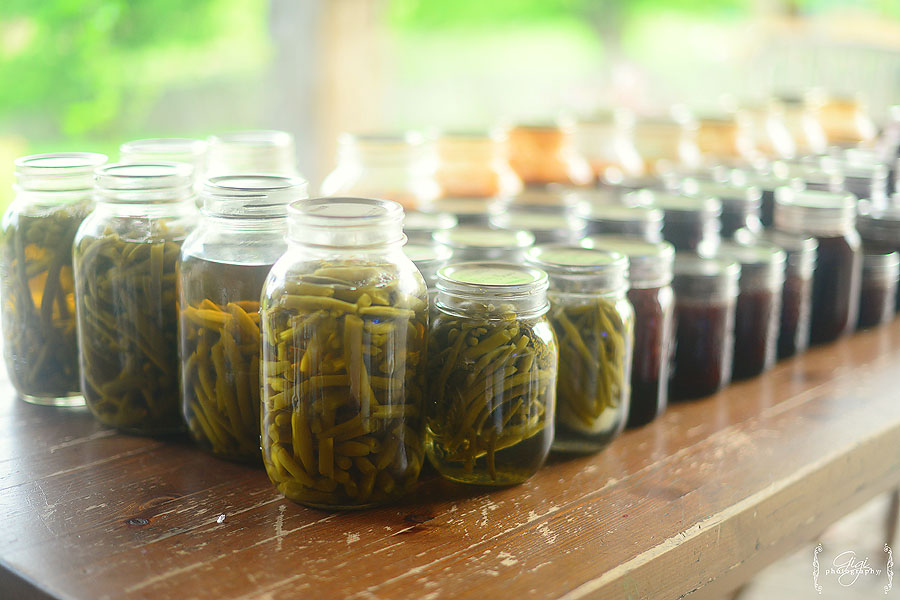
Our vegetable supply for the winter is all from the Provision Room. It is a wonderful, satisfactory feeling to not have to go to the grocery store very often. Potatoes store very well – squash and even cabbages store well. If you have not tried it in the past, maybe this is the year you try storing food for your family …
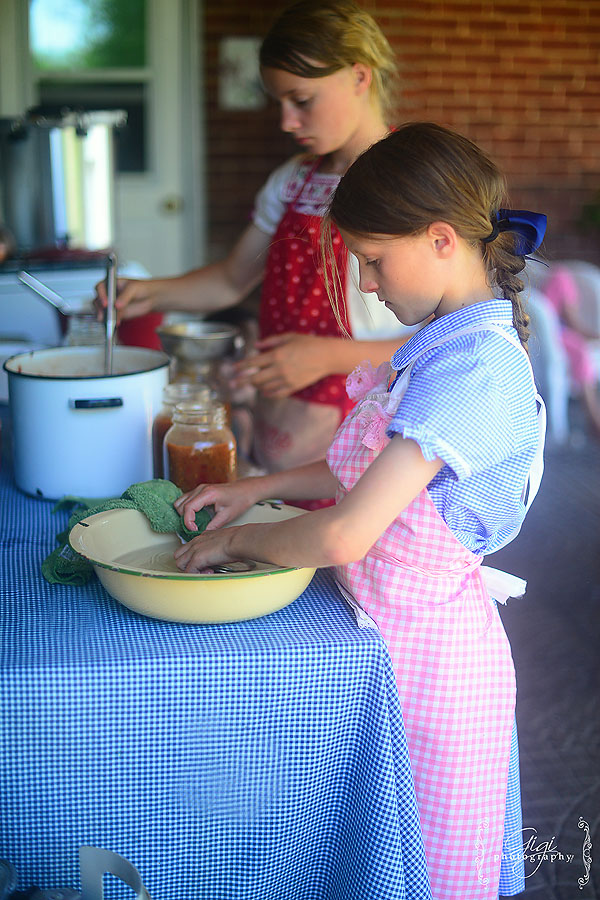
My grandmother canned, my mother canned and I can. I have fond memories of the pressure canner steaming away in our small kitchen in the country, after my sister, brother and I snapped the ends of our beans from the garden. Well, the same scene is being re-created summer after summer, out here on our back porch outdoor kitchen. The girls are great helpers and quickly take to a task when I ask them. I usually always have their help – whether it is wiping rims, lidding, filling jars or just snapping the ends of the beans. They know what recipes they love (pickled beets are their favorites! Canned beans are their dad’s favorite) and have requests sometimes to try a different pie filling (shall we try blueberry pie filling this year?).
Now, if you have not ever canned before, you need to start at the beginning. This website is a great place to start, along with the Bernardin website.
It is always a smart idea to follow the Ball Canning books or find a canning book that suits your needs. I have quite a few canning books, but am always looking for another with more ideas in them. It is helpful to have the actual book – instead of relying on the internet – for recipes. It’s also a good idea to write your recipes down year after year so you can have them archived. I’m learning to do this – as we come up with our favorite recipes and would like to reproduce them year after year.
I recently purchased the Amish Canning cookbook (and would suggest it) as I’d like more recipes beyond jams and jellies, etc. Meals are my thing and I would love to have more recipes in that area.
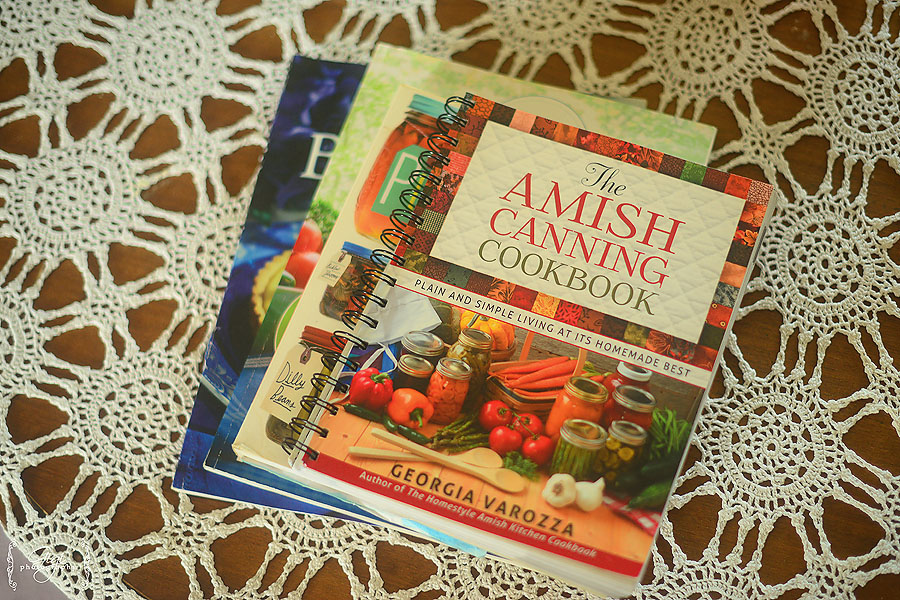
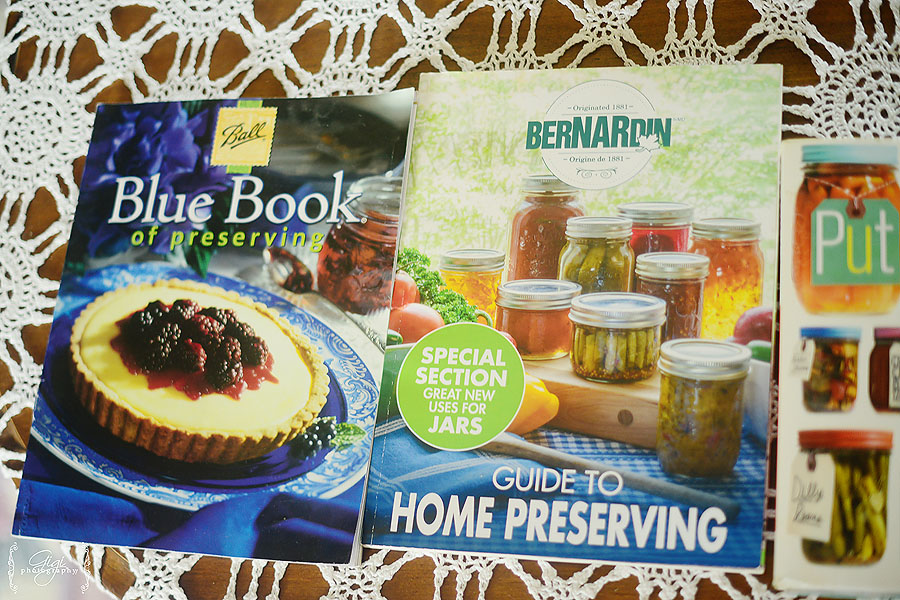
This past week, I decided to can up some Sloppy Joe. While I know that is not the most glamorous sounding meal, it is actually a favorite around here, served with a side of mashed potatoes or french fries and some vegetables. It can be served for lunch or supper – it’s very versatile. You can add in any vegetable and make it a full meal – corn, peas, beans … and make a loaf of homemade bread and you will find everyone happy with that meal.

Now, of course, a recipe with meat needs to be pressure canned. There’s no way around that. If you do not own a pressure canner and are interested in preserved low acid foods, it is a great investment to make. It is worth every penny if you are going to be doing some canning for your family.
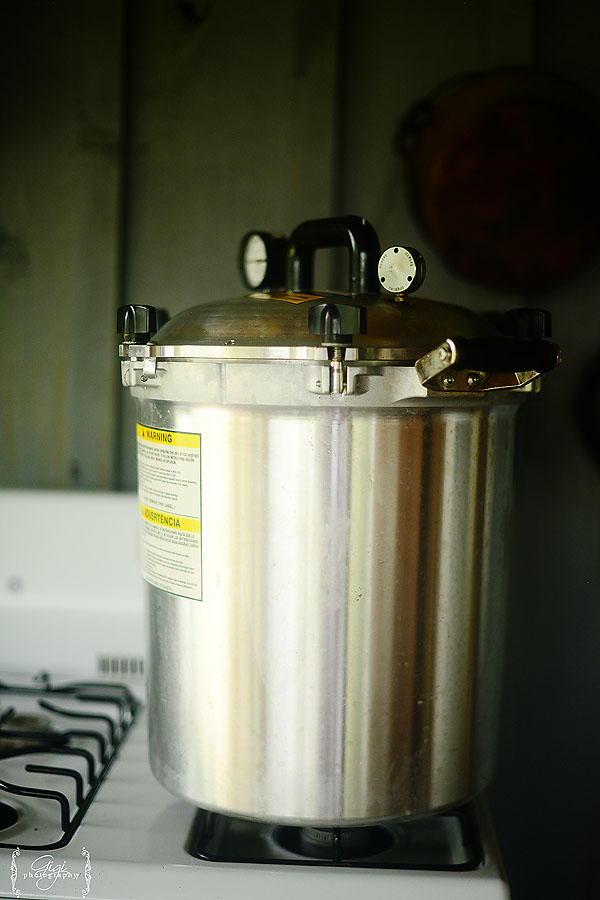
Here is the recipe for canning Sloppy Joes:
8 lbs of ground beef, browned
two or three peeled and chopped onions
1 litre jar of tomato sauce (I used my home canned sauce from last year)
500 ml jar of ketchup (homemade or store bought)
500 litre jar of water
1 tablespoon of salt
1 tablespoon of mustard
dash of pepper
{Please note: this recipe calls for green peppers. My peppers are not ready from the garden so I omitted the peppers. In fact, I have never made this sauce with peppers. Do as you please.}
Brown the meat. Prepare all ingredients into a pot and add it to the meat – ensure it is cooked. Taste it and see if it is to your liking.
While your meat is cooking, prepare your canning jars. Wash them well in hot, soapy water. Wash your rings. Prepare your new canning lids (this is the part that needs to seal the jars – just place them in a bowl or pot of boiling hot water).
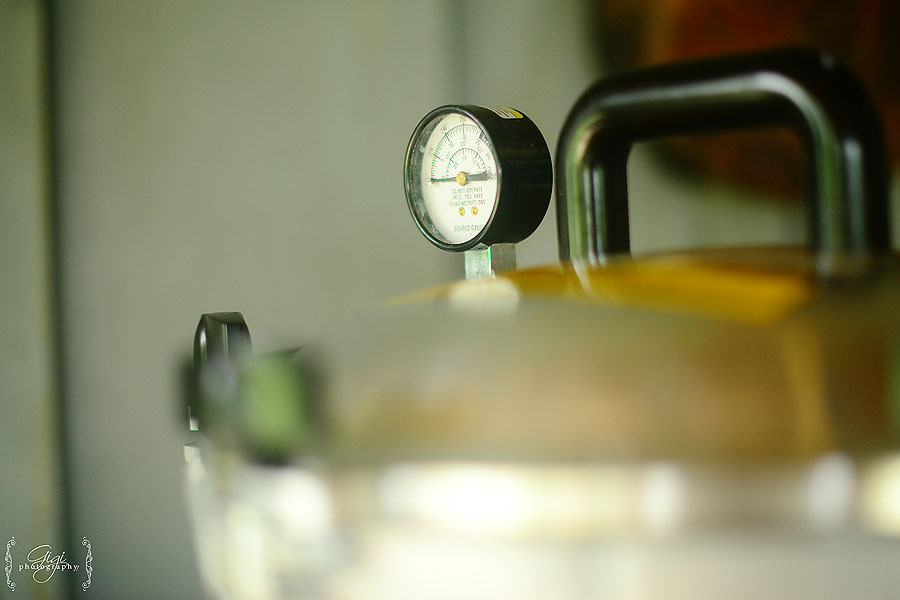
Ladle your meat mixture into your 1 litre jars. I am assuming you know something about pressure canning and headspace. I would leave at least one inch headspace. Wipe the rims well, place new lids on, and finger tighten the rings. Place in pressure canner (follow your pressure canner directions for how much water, pounds per pressure, etc.) and process 1 litre jars for 90 minutes.
{Loyal, patiently waiting while we canned peaches – nothing can truly beat a fresh peach!}

What other recipes would you like to have?
What are your favorite things to can and put away for the winter?
As a post note, these girls of mine have been true blessings with their help. I am so grateful. They know how to can without even realizing it. I am so happy to have them working alongside of me!
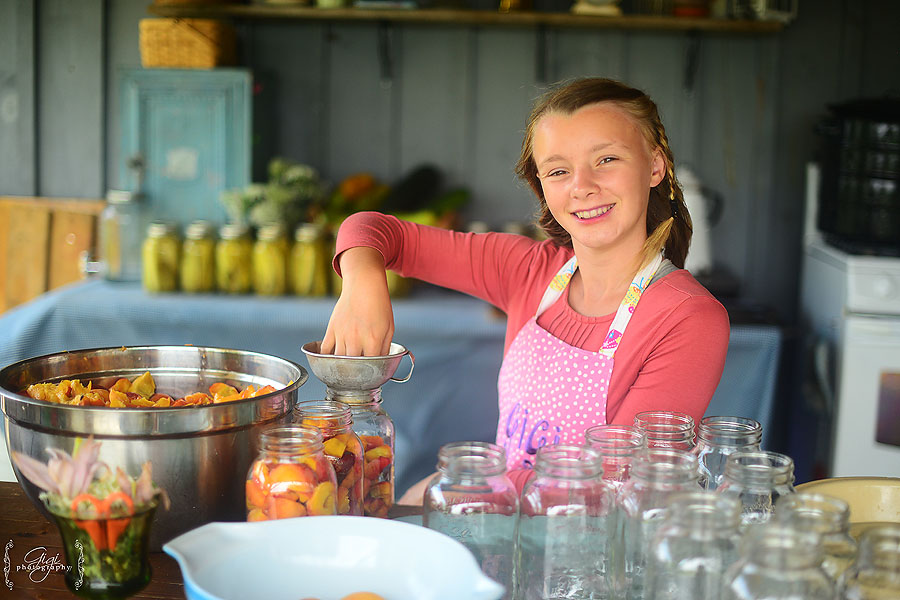
He that gathereth in summer is a wise son;
but he that sleepeth in harvest is a son that causeth shame.
Proverbs 10:5
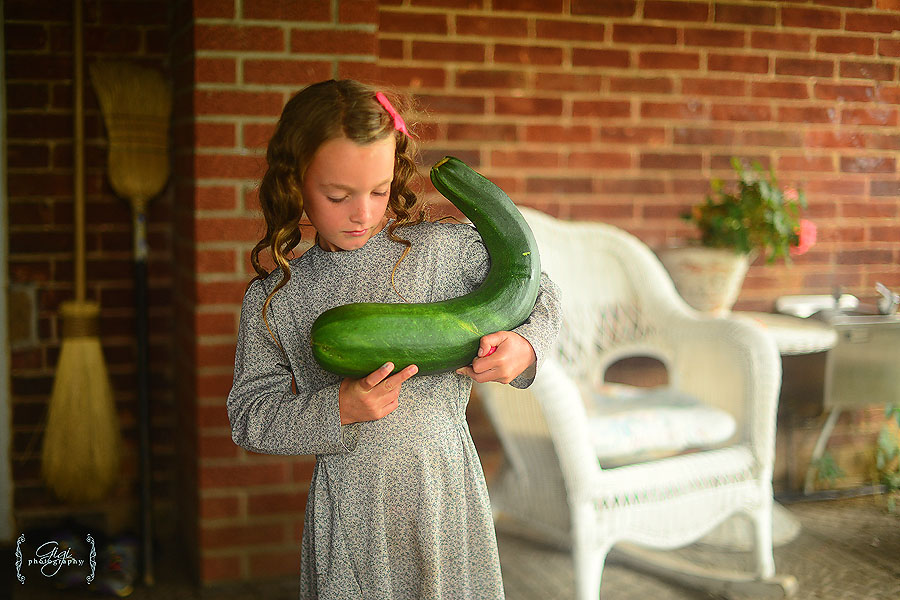
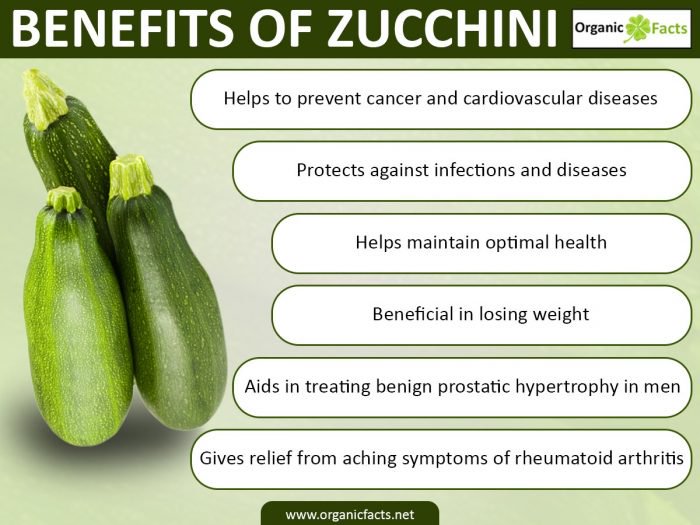
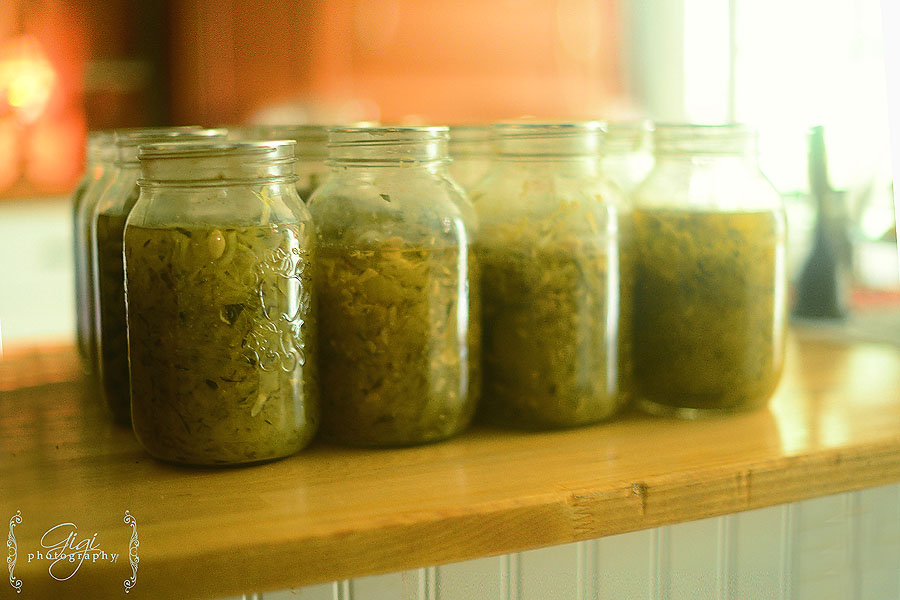
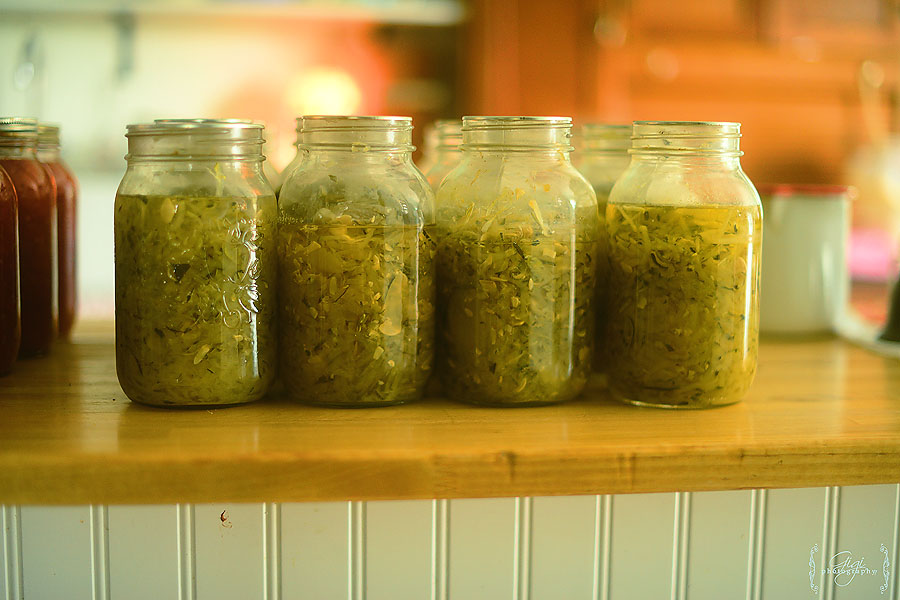
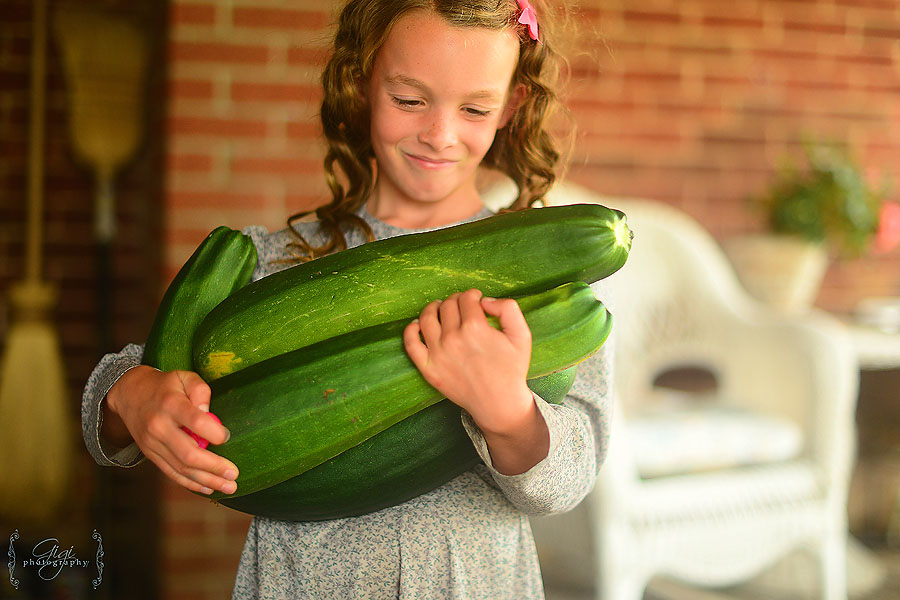
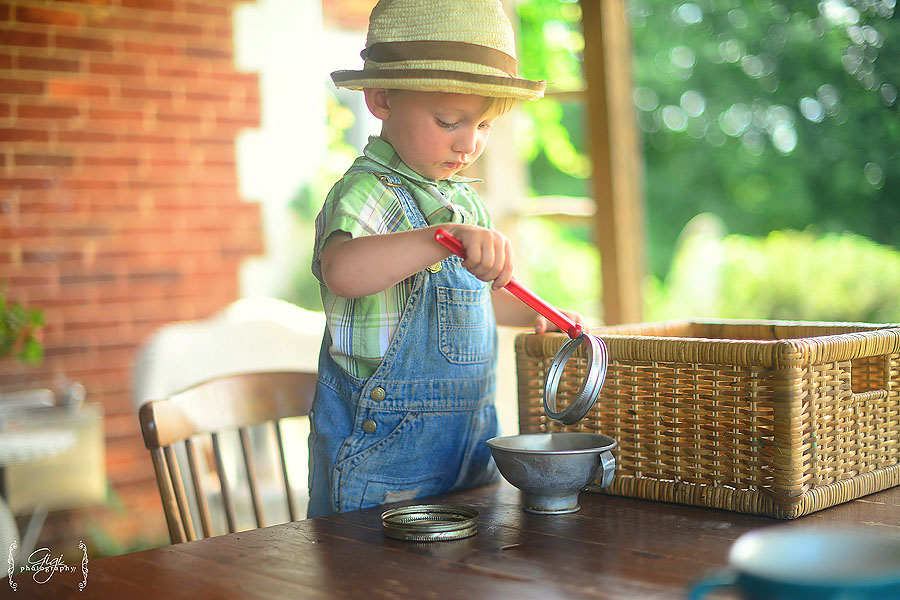


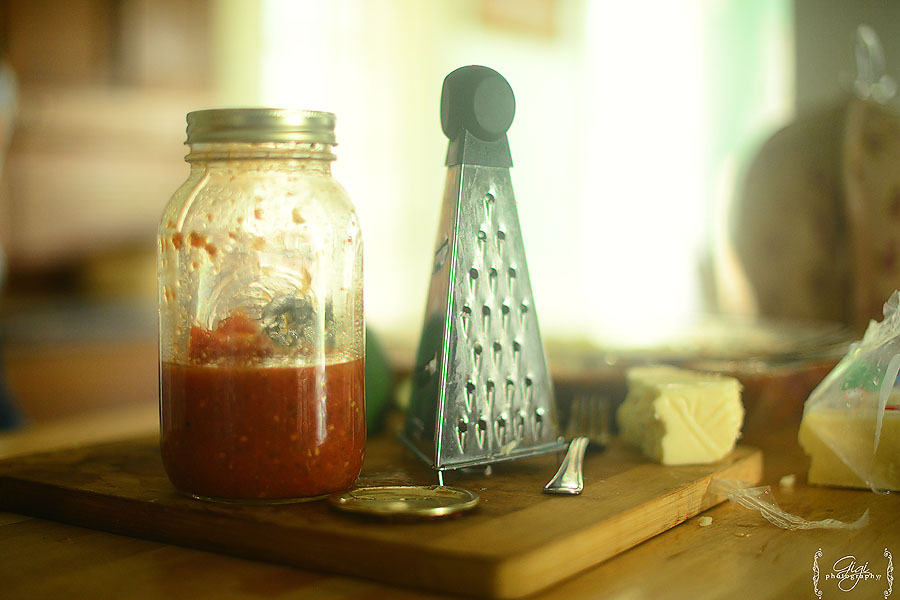
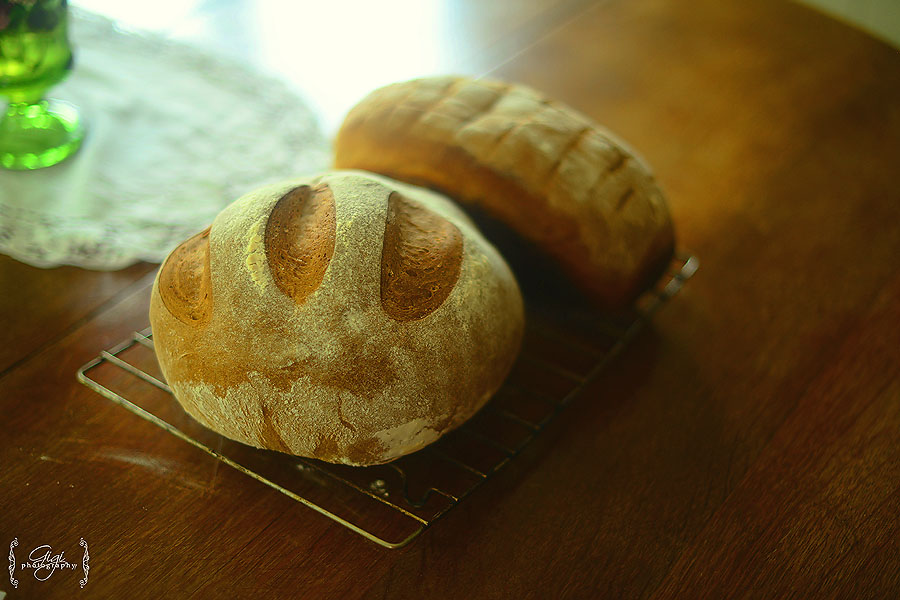 Sitting down on the front porch wicker couch with my book and a glass of cold water, I rejoiced in a few quiet moments that were blissfully mine. The girls and I had spent the morning canning more (lovely!) green beans from our garden, making two loaves of homemade bread and two batches of homemade bagels, we cleaned and tidied up some rooms and put away a load of laundry. Lunch was cleaned and dishes put away and dinner was slowly cooking in the crockpot, tucked away in the kitchen. Now it was time for a bit of a rest.
Sitting down on the front porch wicker couch with my book and a glass of cold water, I rejoiced in a few quiet moments that were blissfully mine. The girls and I had spent the morning canning more (lovely!) green beans from our garden, making two loaves of homemade bread and two batches of homemade bagels, we cleaned and tidied up some rooms and put away a load of laundry. Lunch was cleaned and dishes put away and dinner was slowly cooking in the crockpot, tucked away in the kitchen. Now it was time for a bit of a rest.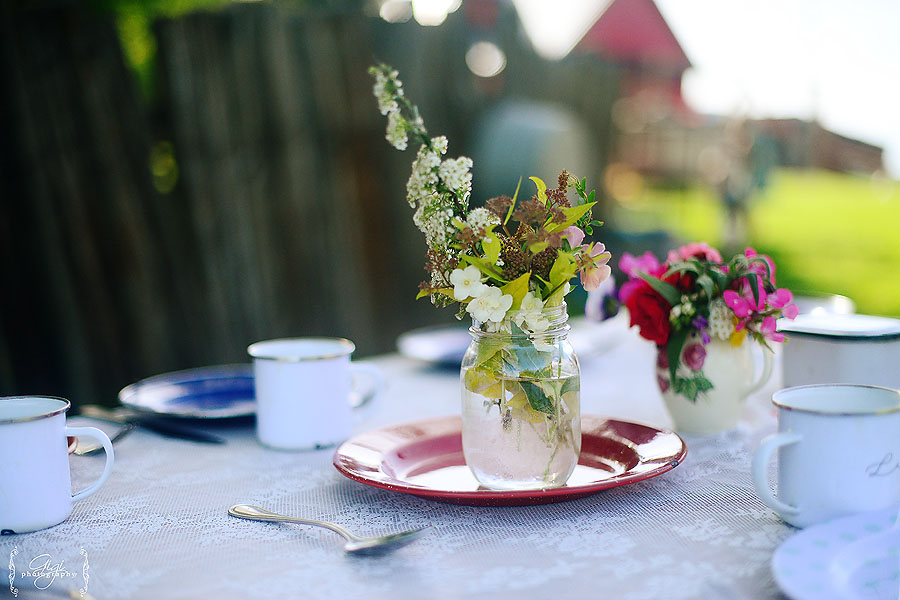
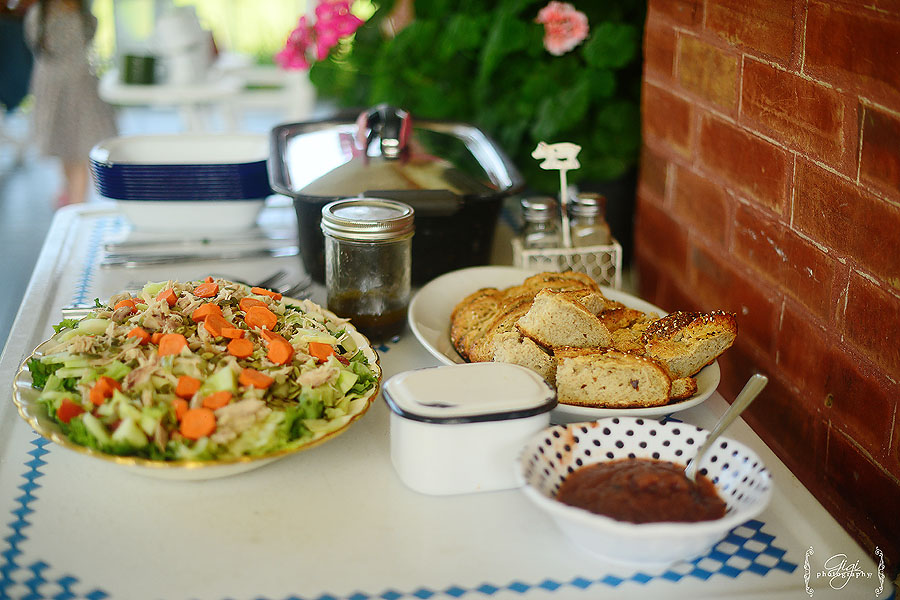
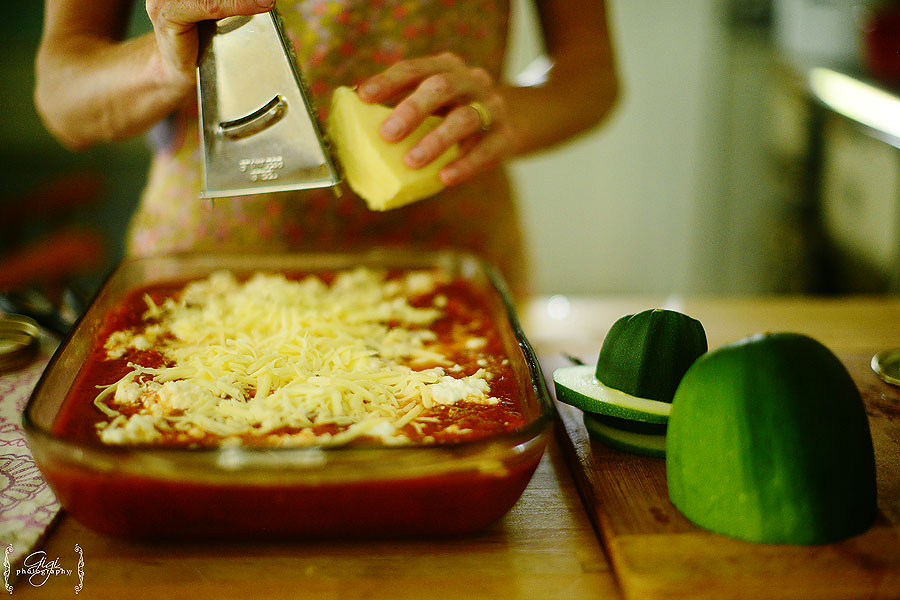
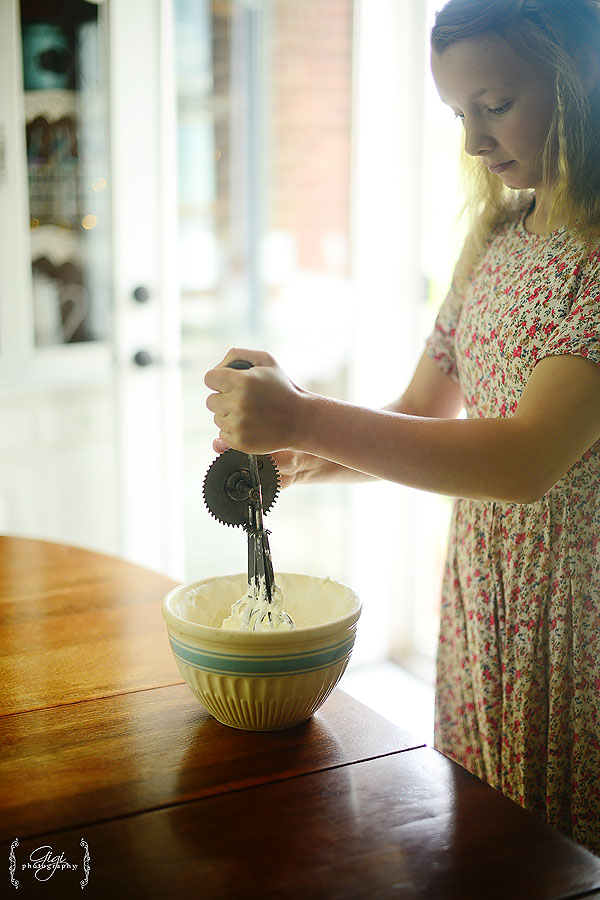
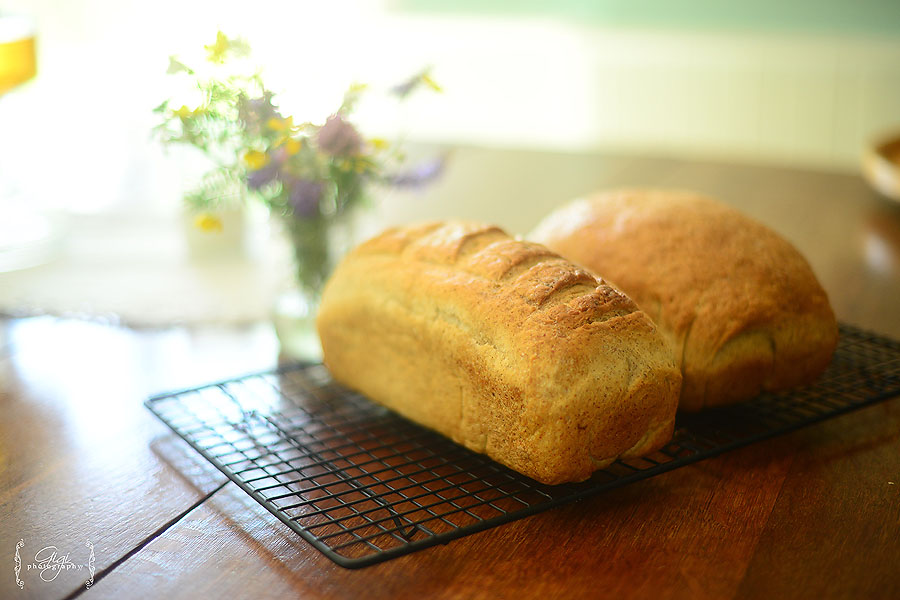
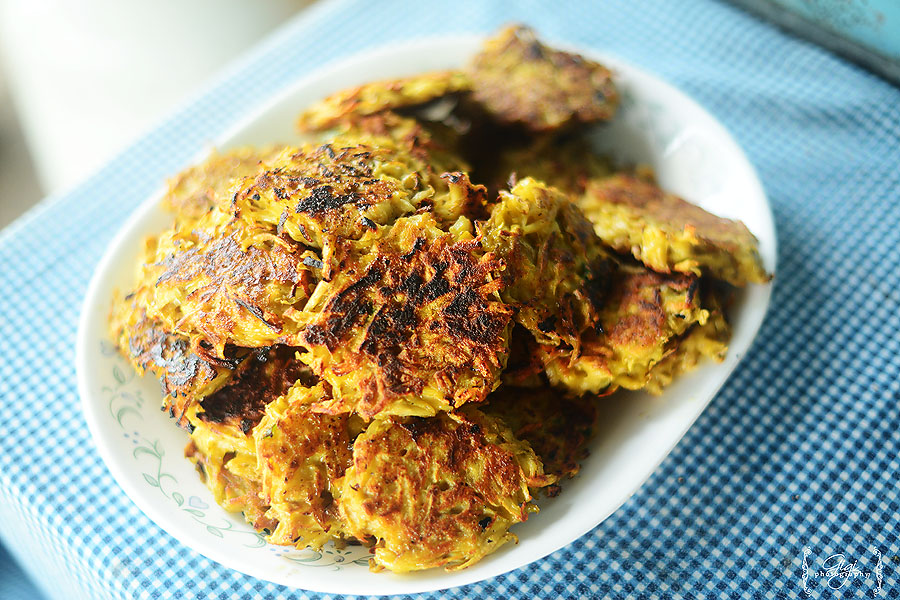
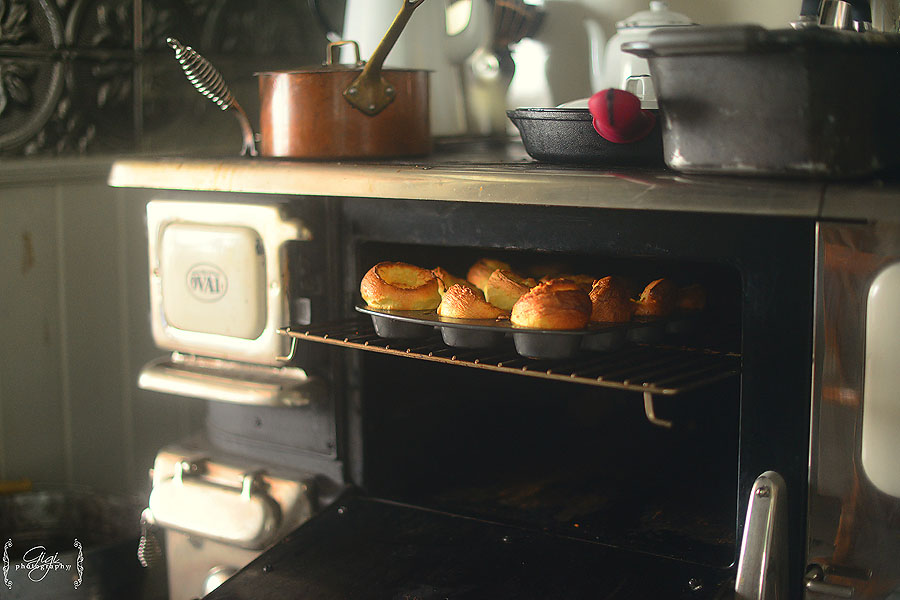
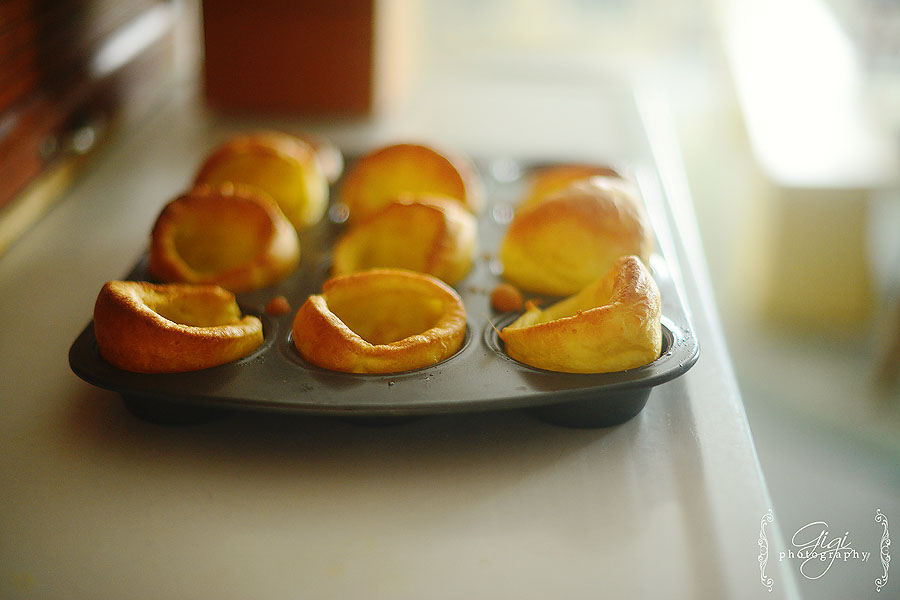
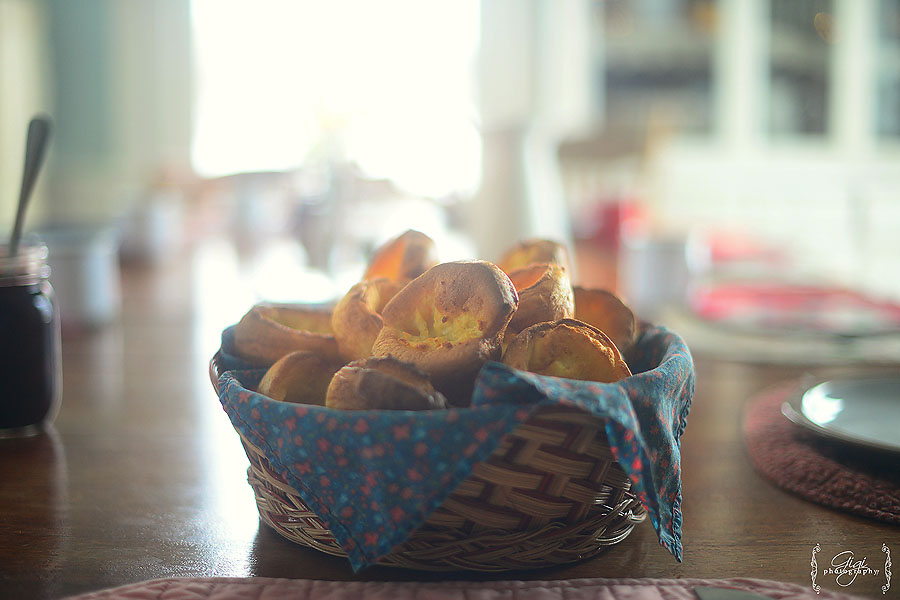

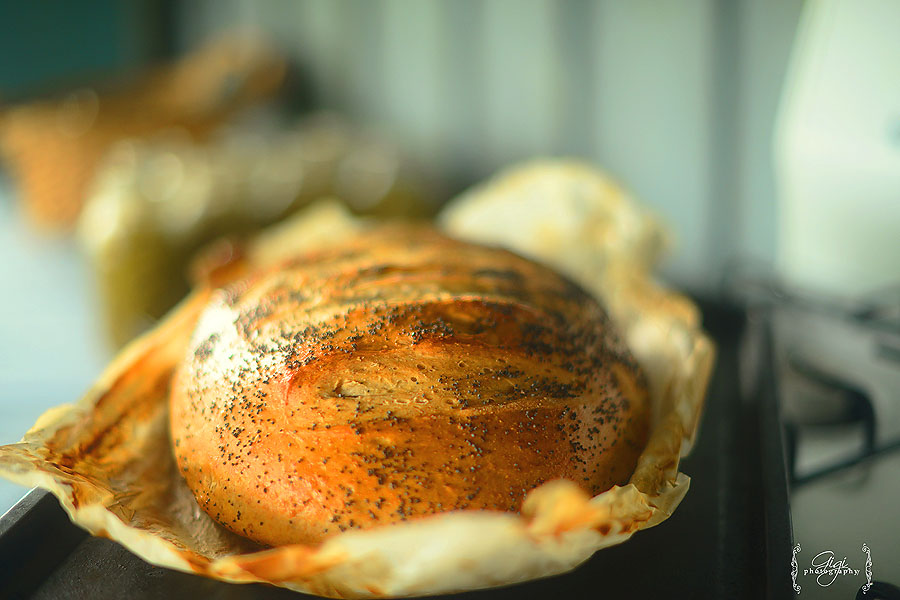





















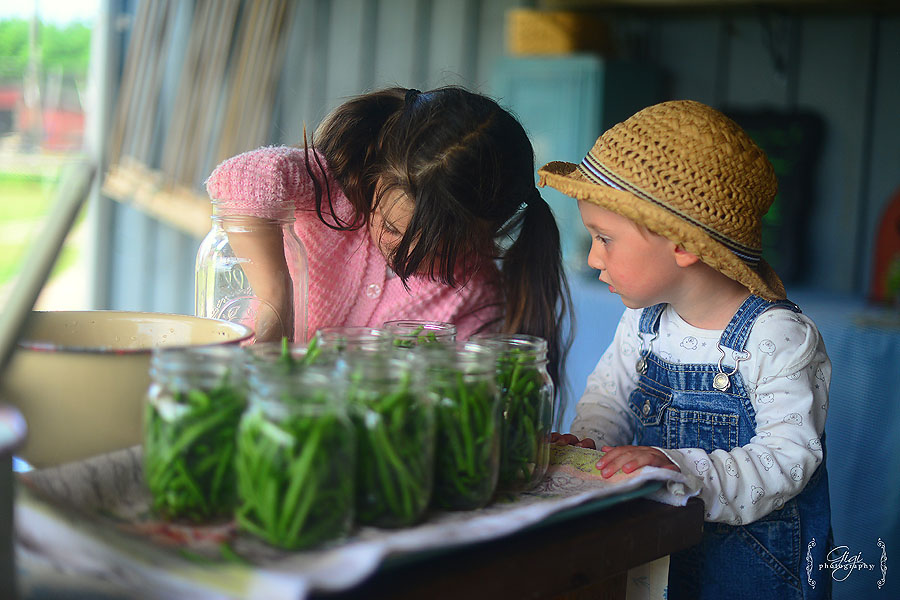
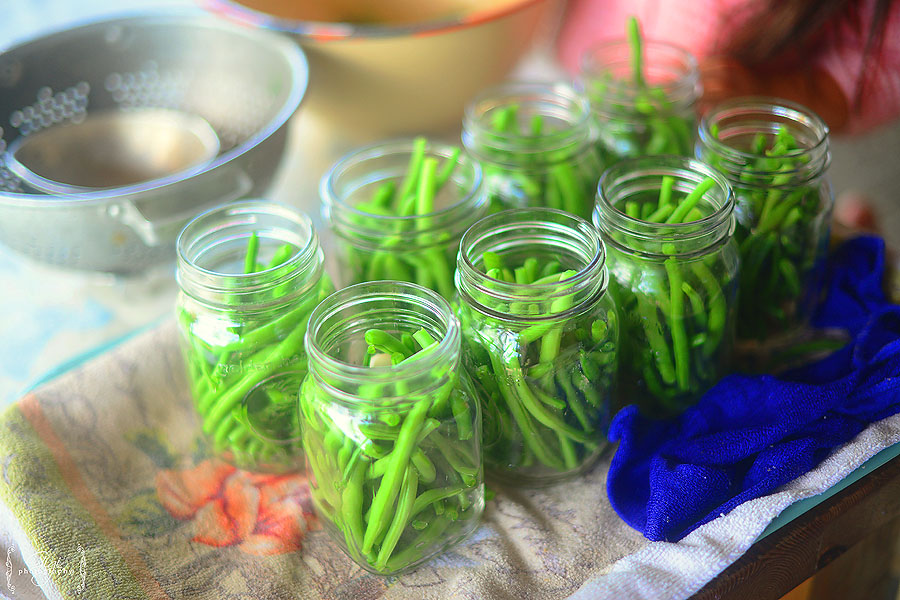
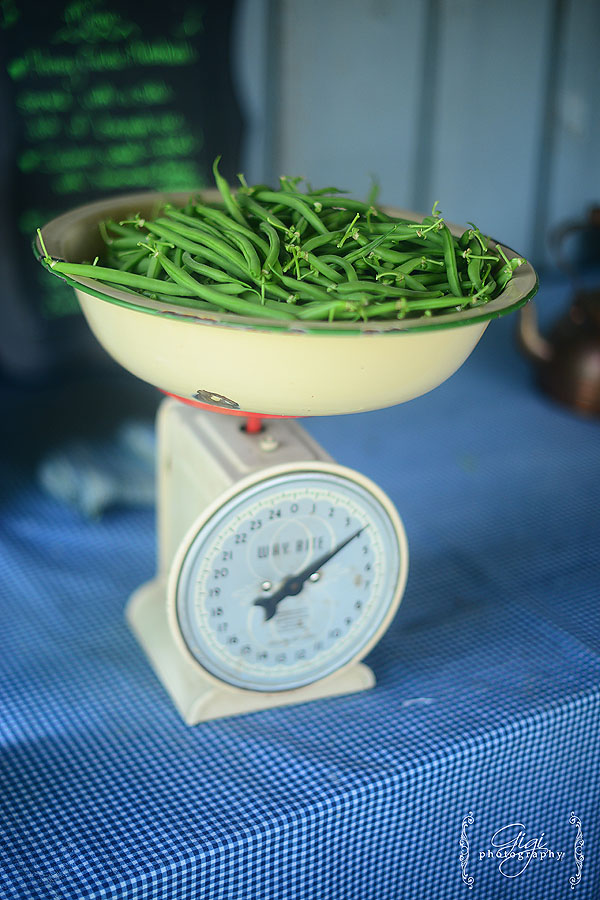
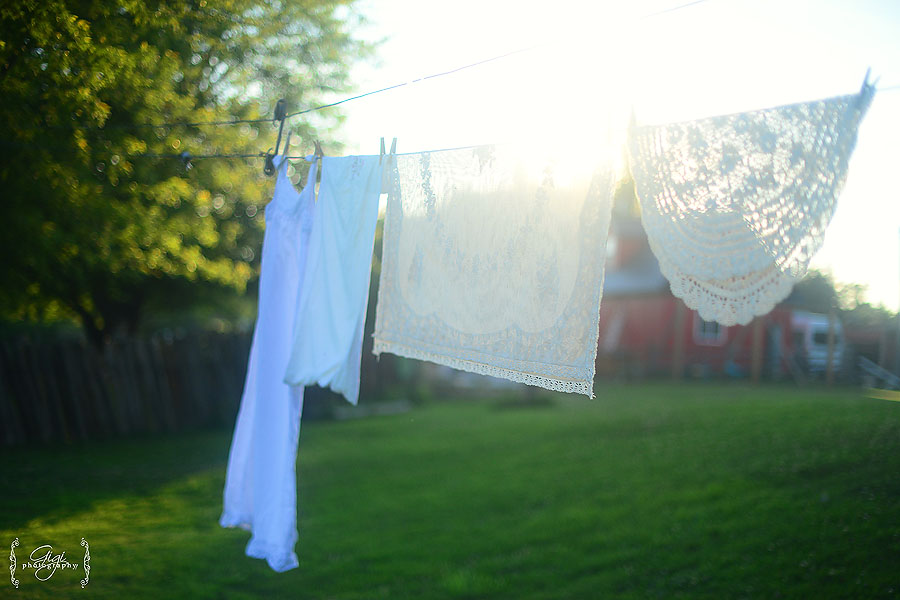
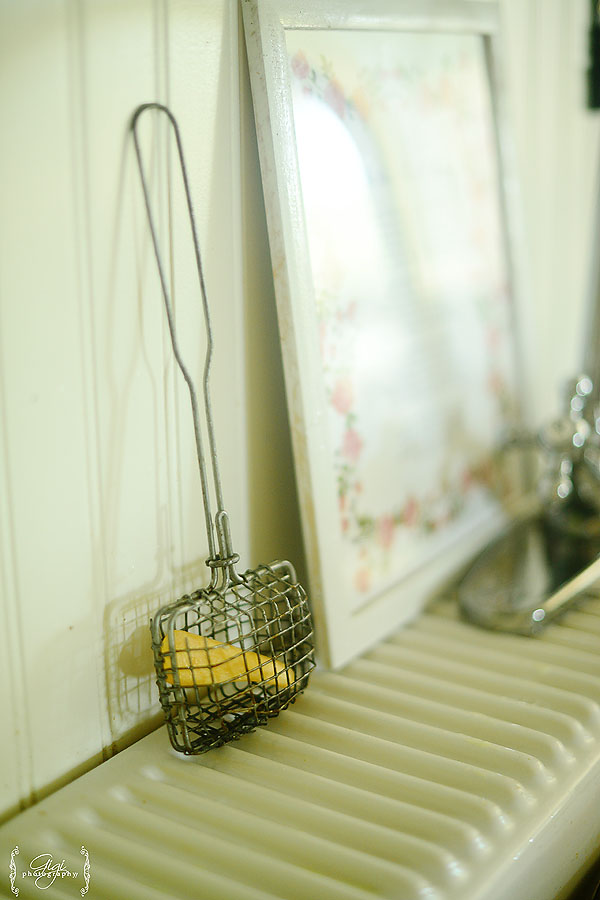
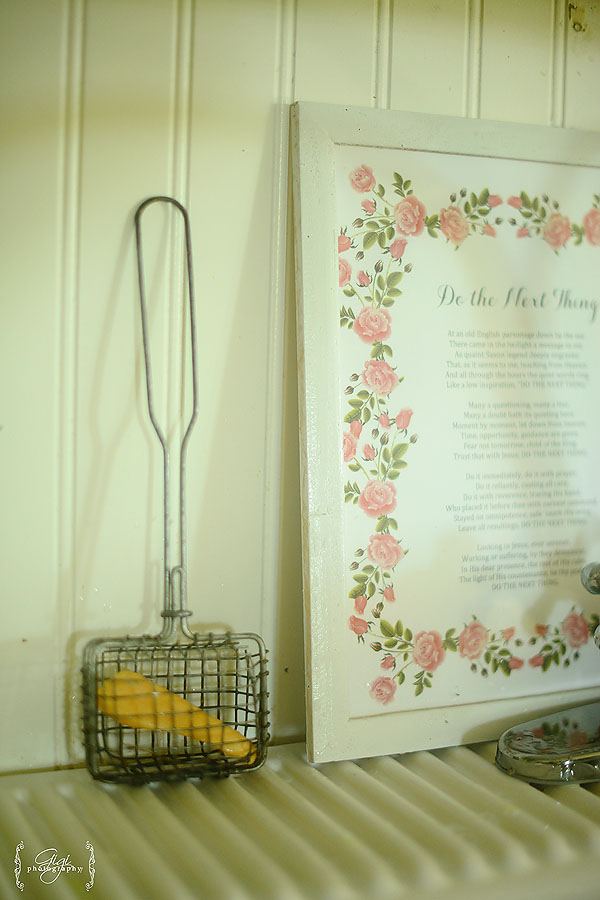
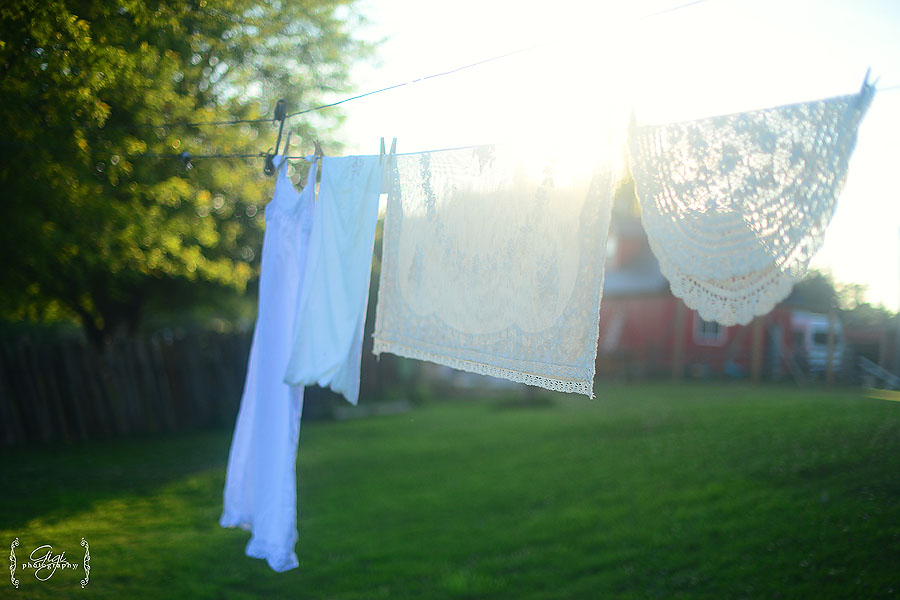


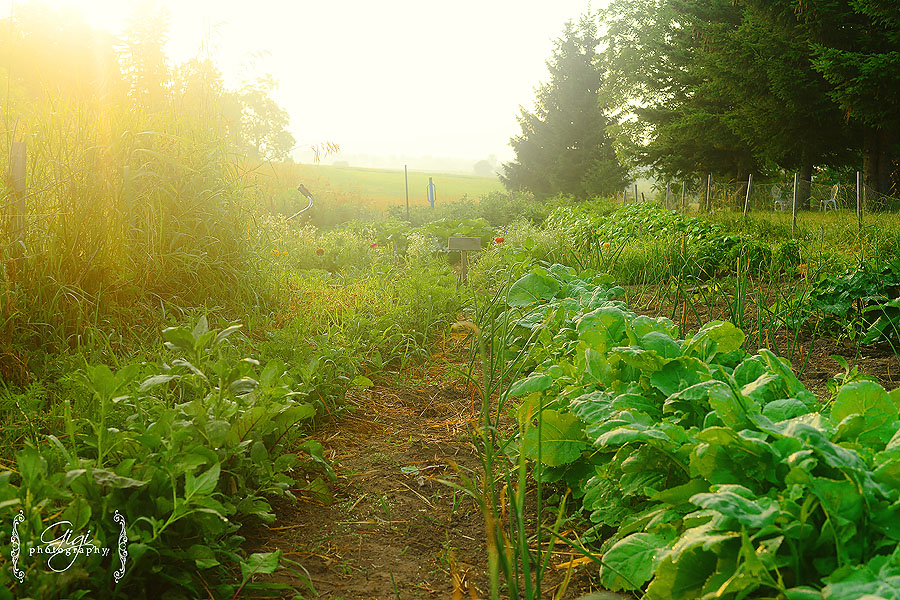
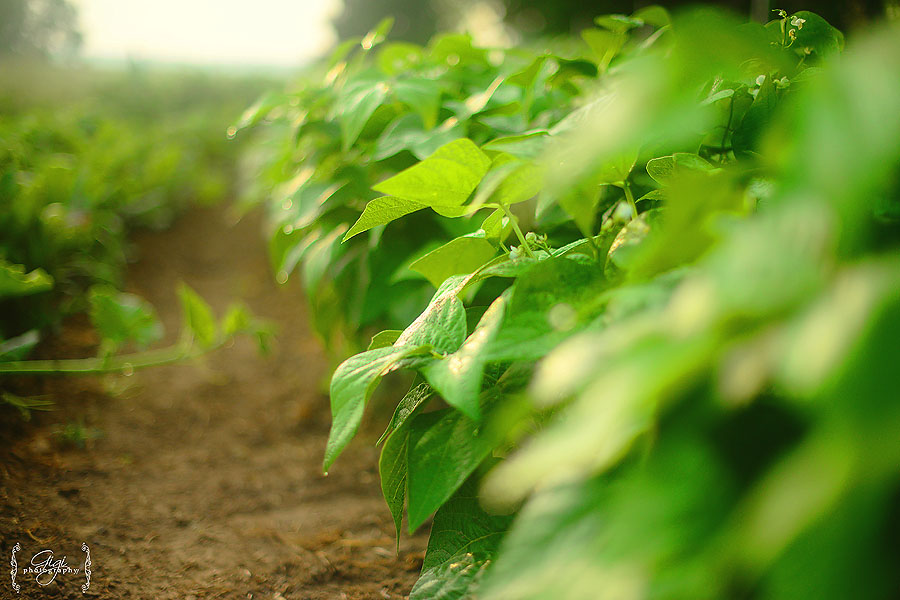

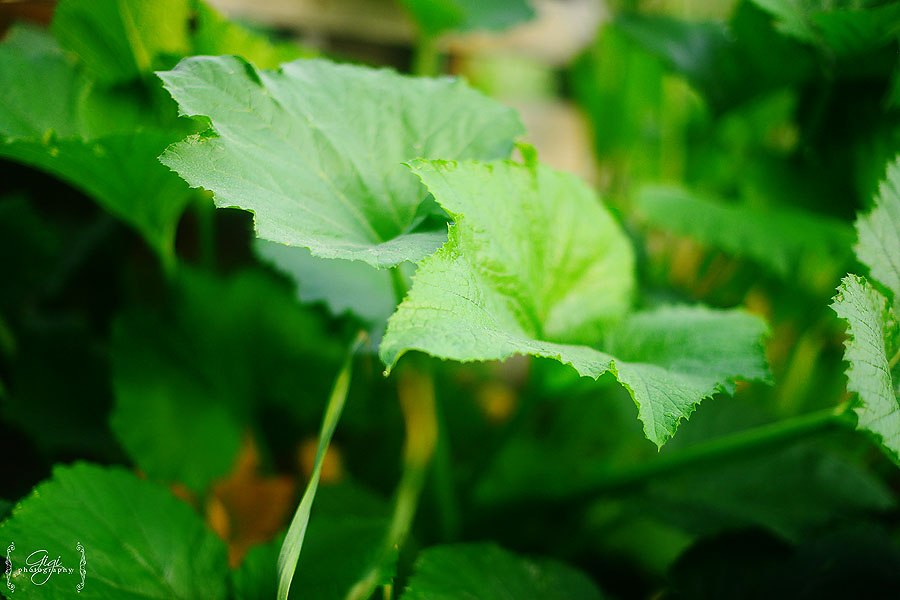

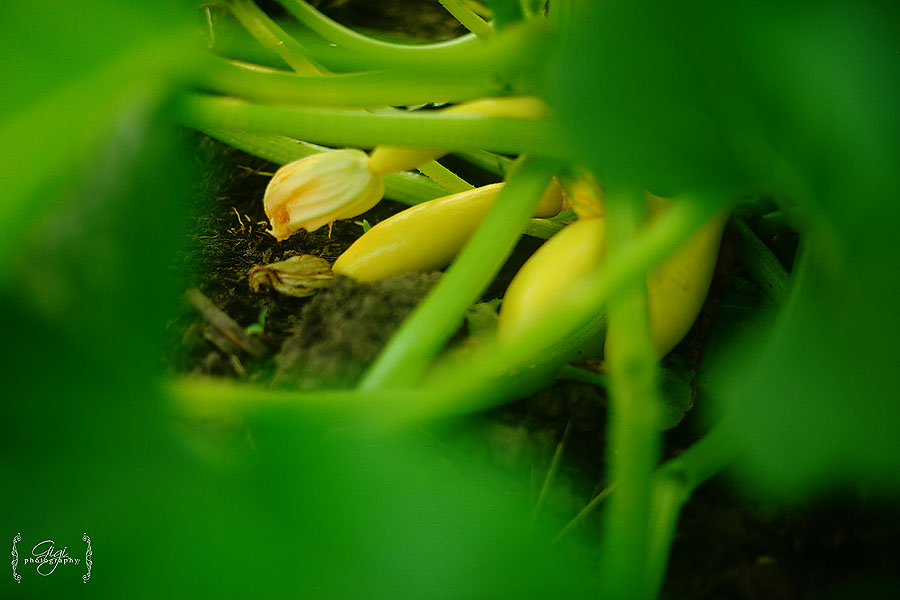
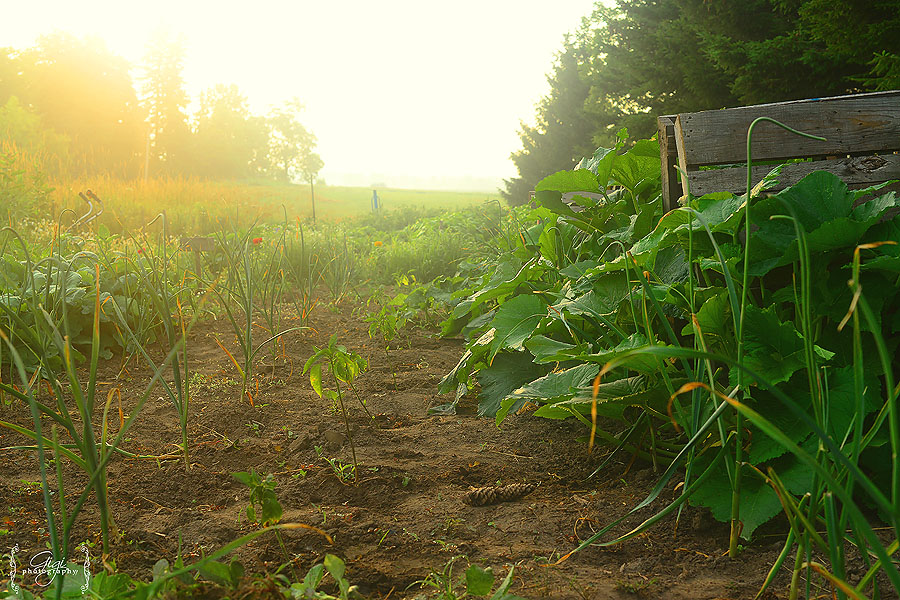
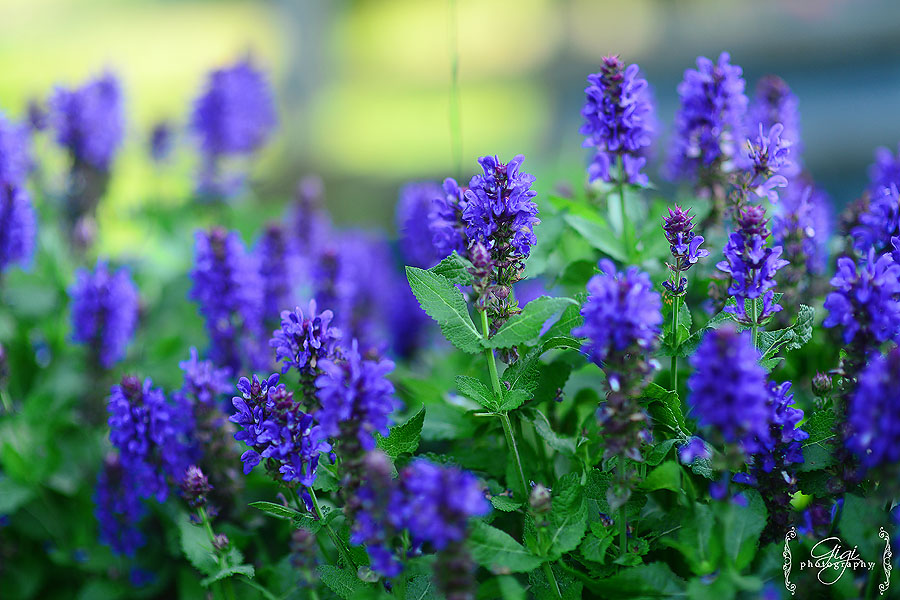



by Gigi
16 comments